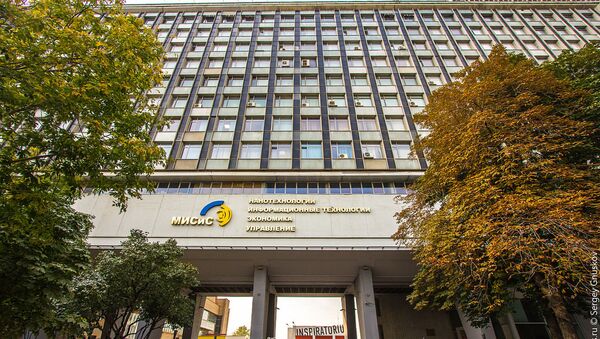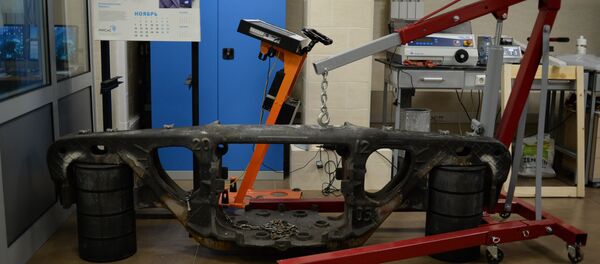The most significant practical applications of metamaterials may include new inventions for various industries, as well as super-powerful computers whose electrical signals give way to photonic signals.
Earlier, the research team of the Superconducting Metamaterials Laboratory at the National University of Science and Technology MISIS developed a unique metamaterial with extremely high anapole quality factors, a phenomenon caused by the special configuration of electromagnetic fields.
The anapole is a source whose electromagnetic fields are confined inside itself and are not emitted into adjacent space. The quality factor is a value describing the quality of an oscillating system. Increased quality factors serve to reduce energy losses inside a system during one oscillation.
Unique Metamaterial
"We have developed a unique flat metamaterial which is, in fact, a small planar array of the so-called meta-molecules, carved out by a laser cutter from an integral piece of ordinary steel. The special configuration of cells, created in this manner, provides a combination of anapoles whose electric fields are concentrated inside micro-volumes (central gaps), and whose magnetic fields revolve around them," Basharin explained.
NUST MISIS experts have managed to achieve quite impressive results with a substantial quality factor, while experimenting with the new metamaterial, he said.
"This result leads to very interesting consequences. For example, our metamaterial can serve as a basis for extremely sensitive sensors. It can 'sense' the presence of even miniscule amounts of various substances, including explosives. It will be possible to 'see' that a certain person had touched hexogen a week ago," the scientist noted.
"It will also become possible to detect certain medications. Today, we want to try and detect antibiotics inside foods," Basharin said.
The new metamaterial will also help make various types of equipment "invisible" using stealth technology.
Fantastic Prospects
"Efforts to study the interaction of objects with the help of electromagnetic potentials alone, rather than electromagnetic fields, are probably the most fantastic application of anapoles, and this amounts to the famous Aharonov–Bohm Effect in quantum physics," Bashirin noted.
According to Basharin, NUST MISIS experts are already searching for methods to experimentally examine this possibility with the help of their new metamaterial.
If successful, the above-mentioned metamaterial could be used as the so-called qubits, the main building blocks of quantum computers whose elements interact with the help of potentials, rather than fields.
Never miss a story again — sign up to our Telegram channel and we'll keep you up to speed!




